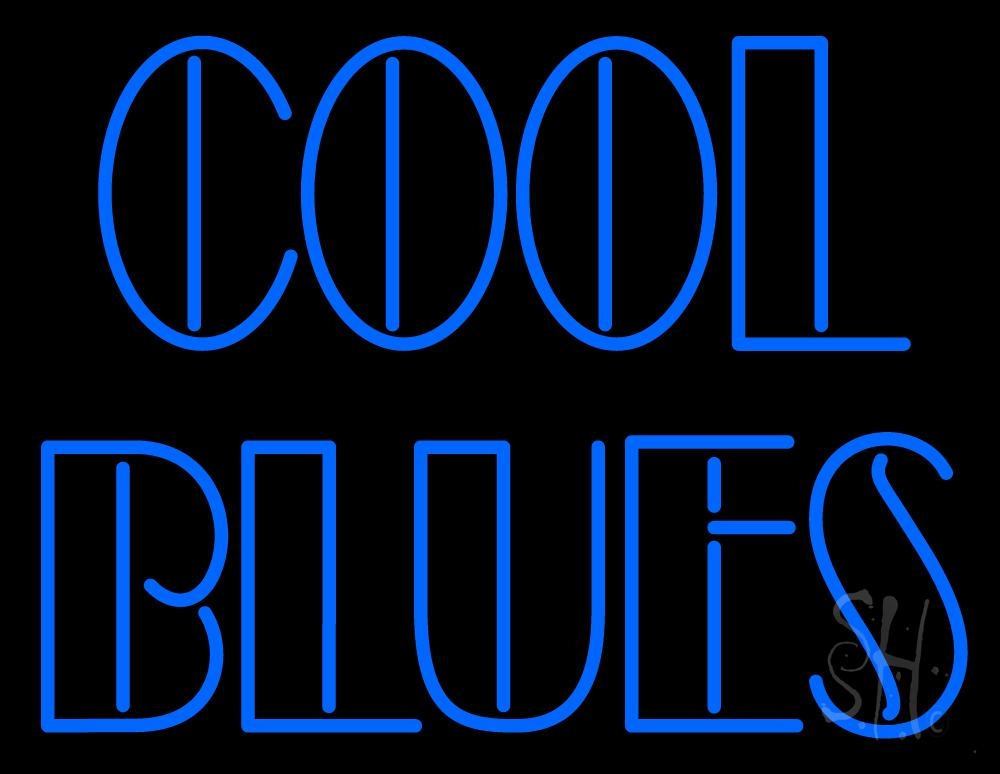Introduction
Cool Blues, often referred to as “West Coast Blues,” emerged as a distinct style in the mid-20th century. Rooted in the African American experience and cultural expressions of the blues, Cool Blues offered a refined, sophisticated contrast to the more raw, emotional sounds of earlier blues styles. This evolution reflects a confluence of musical innovation, cultural shifts, and geographical influences that together shaped a unique and enduring genre.
Historical Context
The origins of Cool Blues can be traced back to the 1940s and 1950s, a period of significant social and musical transition in the United States. Following the Great Migration, many African Americans moved from the rural South to urban centers in the North and West, including cities like Los Angeles and San Francisco. This migration facilitated a cross-pollination of musical ideas, with traditional Delta Blues intersecting with jazz, swing, and boogie-woogie influences.
Musical Characteristics
Cool Blues is characterized by its smooth, laid-back sound, incorporating elements from jazz and swing to create a more polished and mellow aesthetic. Unlike the intense, often cathartic expression found in Delta Blues, Cool Blues musicians favored intricate arrangements, subtle dynamics, and a lighter, more relaxed approach to rhythm and phrasing.
Key Features:
- Instrumentation: Typically, Cool Blues features a small ensemble, including piano, guitar, bass, drums, and sometimes horns. The piano plays a significant role, often providing both rhythmic foundation and melodic embellishments.
- Vocals: Vocals in Cool Blues are generally smooth and understated, emphasizing clarity and nuance over raw power. This style often reflects a more conversational tone, aligning with the genre’s overall relaxed feel.
- Harmonies and Melodies: Cool Blues incorporates sophisticated harmonic progressions and melodies, borrowing from jazz traditions. This gives the music a more complex and refined sound compared to the simpler structures of early blues.
- Tempo and Rhythm: The tempo in Cool Blues tends to be moderate to slow, with a rhythmic feel that is more swinging and relaxed, contributing to the genre’s distinctive coolness.
Influential Artists
Several key artists played pivotal roles in the development and popularization of Cool Blues:
- Charles Brown: Often regarded as one of the fathers of Cool Blues, Charles Brown’s smooth vocal style and elegant piano playing exemplified the genre. His hits like “Driftin’ Blues” and “Trouble Blues” set the standard for the cool, sophisticated sound.
- T-Bone Walker: A crucial figure in the transition from Delta Blues to a more modern, electric sound, Walker’s guitar playing and showmanship were influential in shaping the Cool Blues style. His track “Call It Stormy Monday” remains a quintessential Cool Blues anthem.
- Amos Milburn: Known for his boogie-woogie piano style and laid-back vocals, Milburn contributed significantly to the West Coast Blues scene with hits like “Chicken Shack Boogie.”
Regional Influence
The West Coast, particularly California, played a significant role in the development of Cool Blues. The region’s vibrant entertainment industry and cosmopolitan culture provided a fertile ground for musical experimentation and innovation. Clubs in Los Angeles and San Francisco became hotspots for live performances, where Cool Blues artists could showcase their talents and refine their style.
Cultural Impact
Cool Blues not only influenced the musical landscape but also reflected broader cultural trends of its time. The genre’s emphasis on sophistication and polish mirrored a post-war society increasingly drawn to leisure and elegance. This period also saw the rise of nightclub culture and the popularization of jazz-infused musical styles, further cementing Cool Blues’ place in the American musical canon.
Evolution and Legacy
While the peak of Cool Blues occurred in the mid-20th century, its influence persists in contemporary music. Elements of Cool Blues can be heard in later genres such as R&B and soul, where the focus on smoothness and emotional nuance remains central. Modern blues musicians continue to draw inspiration from the Cool Blues tradition, blending its sophisticated elements with new styles and technologies.
Conclusion
Cool Blues represents a significant chapter in the evolution of blues music, characterized by its smooth, refined sound and integration of jazz elements. Originating in the vibrant musical landscape of the mid-20th century West Coast, Cool Blues continues to resonate through its influence on subsequent genres and its enduring appeal to both musicians and listeners alike. As a testament to the adaptability and richness of blues music, Cool Blues stands as a unique and influential style that celebrates both tradition and innovation.


Comments are closed